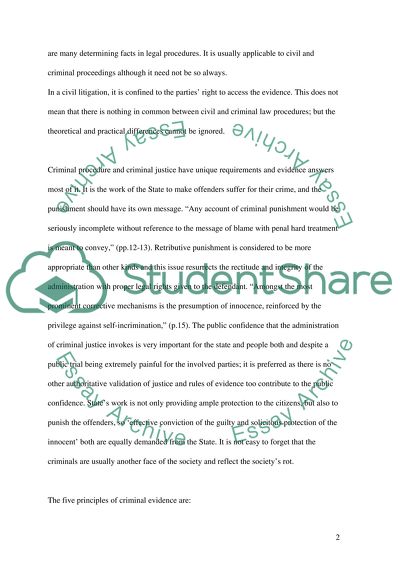Cite this document
(“Evidence Book Report/Review Example | Topics and Well Written Essays - 2500 words”, n.d.)
Evidence Book Report/Review Example | Topics and Well Written Essays - 2500 words. Retrieved from https://studentshare.org/law/1524164-evidence-book-reportreview
Evidence Book Report/Review Example | Topics and Well Written Essays - 2500 words. Retrieved from https://studentshare.org/law/1524164-evidence-book-reportreview
(Evidence Book Report/Review Example | Topics and Well Written Essays - 2500 Words)
Evidence Book Report/Review Example | Topics and Well Written Essays - 2500 Words. https://studentshare.org/law/1524164-evidence-book-reportreview.
Evidence Book Report/Review Example | Topics and Well Written Essays - 2500 Words. https://studentshare.org/law/1524164-evidence-book-reportreview.
“Evidence Book Report/Review Example | Topics and Well Written Essays - 2500 Words”, n.d. https://studentshare.org/law/1524164-evidence-book-reportreview.


